Preparing for the season ahead
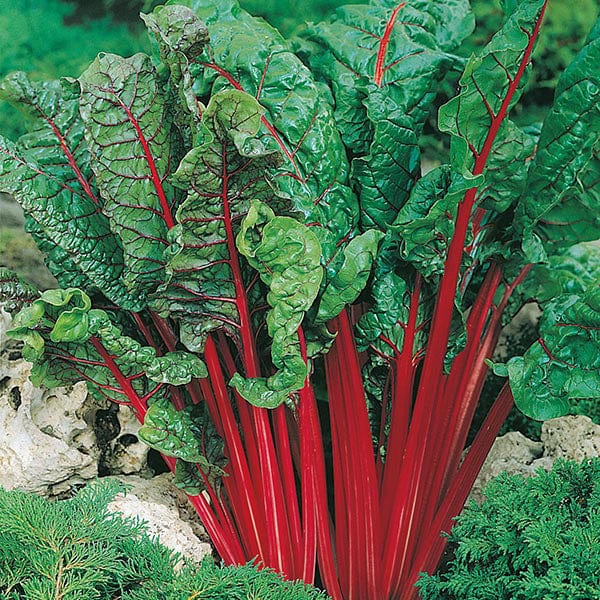

Greenhouse and Indoor Jobs
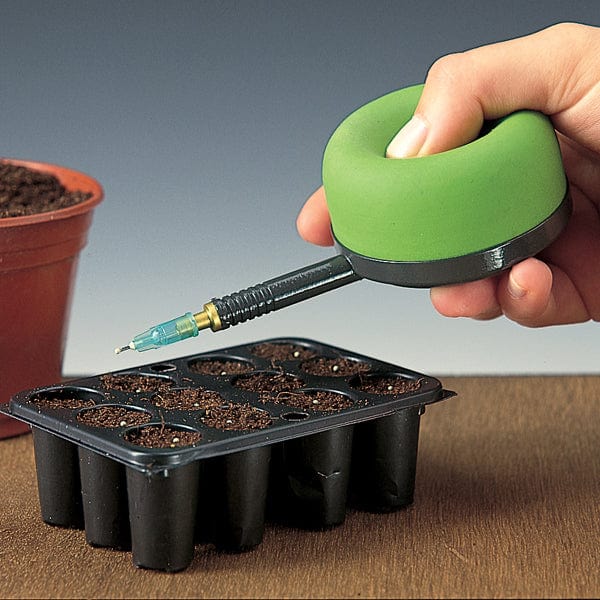
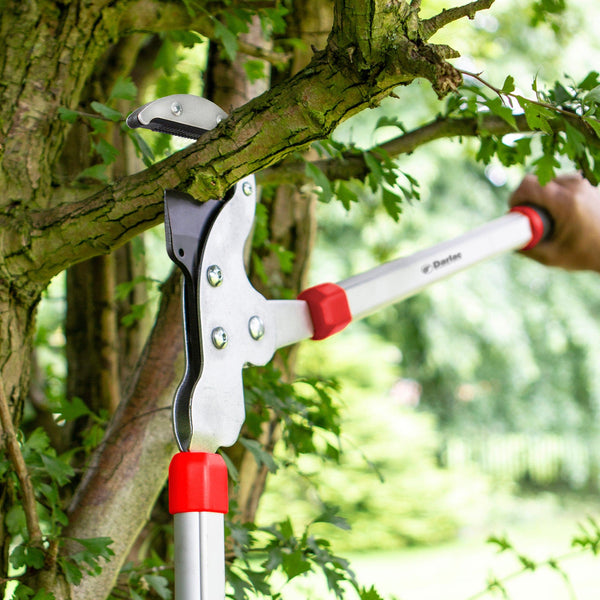
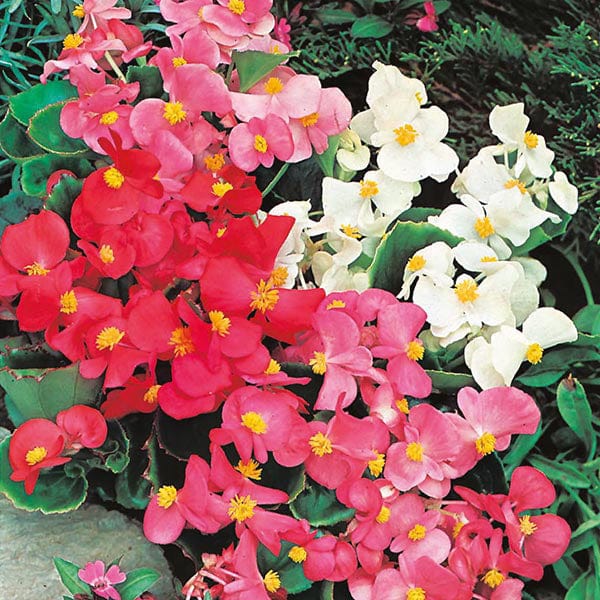

General garden jobs in February
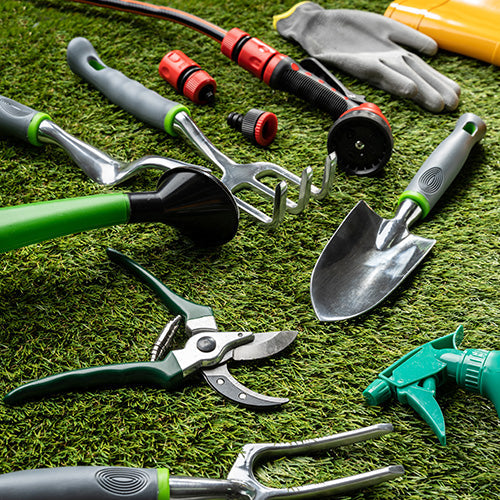
Free Delivery
On All Orders Over £35
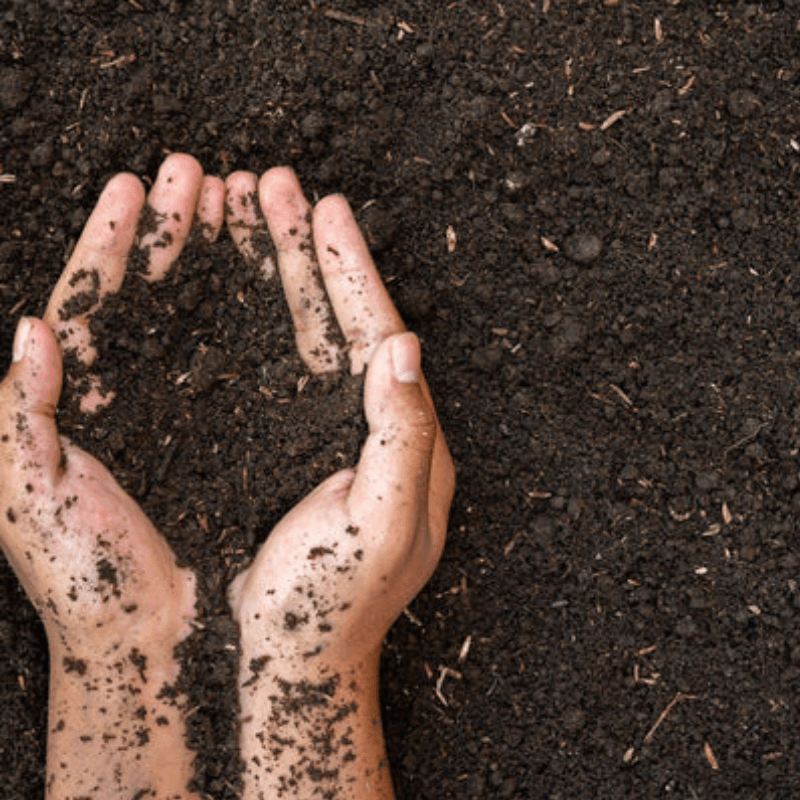
Free Delivery
On All Orders Over £35

Free Delivery
On All Orders Over £35

Free Delivery
On All Orders Over £35

Item added to bag!
Your Basket
Our Spring 2026 Range Is Here!
4 For 3 On ALL Seeds
Our Spring 2026 Range Is Here!
4 For 3 On ALL Seeds
Our Spring 2026 Range Is Here!
4 For 3 On ALL Seeds
Our Spring 2026 Range Is Here!
4 For 3 On ALL Seeds
Our Spring 2026 Range Is Here!
4 For 3 On ALL Seeds
Our Spring 2026 Range Is Here!
4 For 3 On ALL Seeds
Our Spring 2026 Range Is Here!
4 For 3 On ALL Seeds
Our Spring 2026 Range Is Here!
4 For 3 On ALL Seeds
Our Spring 2026 Range Is Here!
4 For 3 On ALL Seeds
Our Spring 2026 Range Is Here!
4 For 3 On ALL Seeds
Save On Seeds To Sow Now
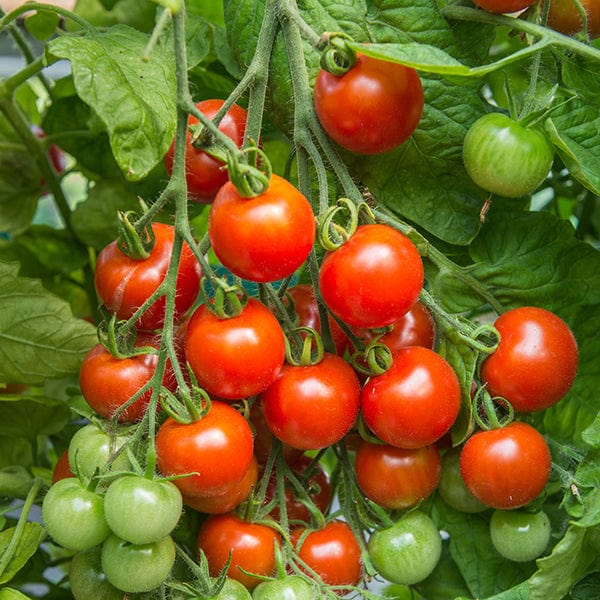


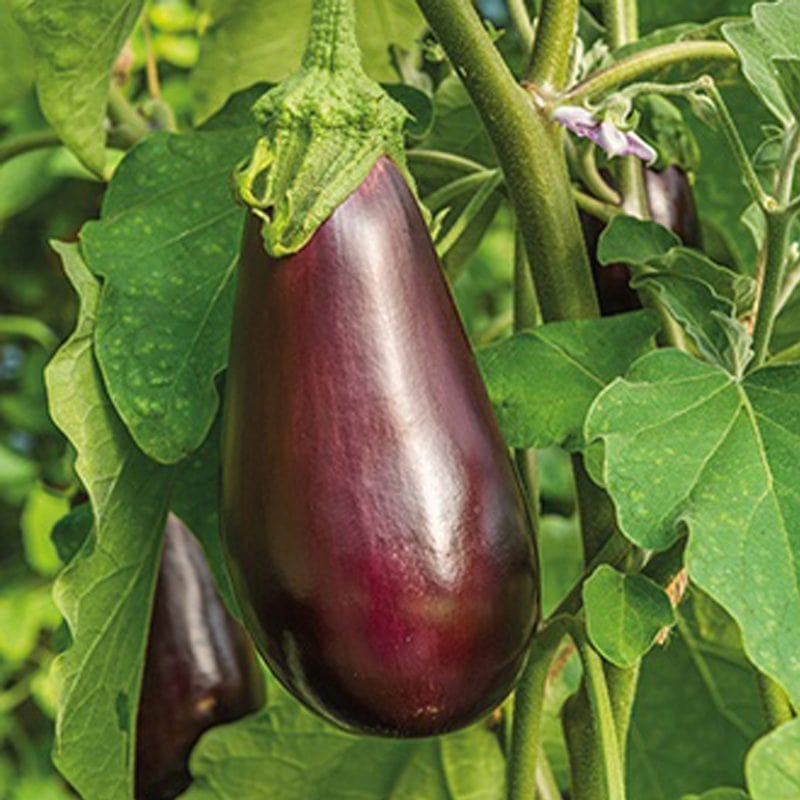
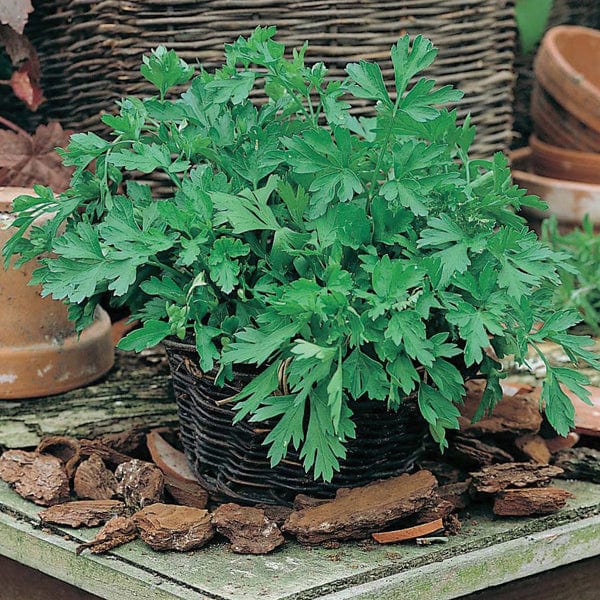
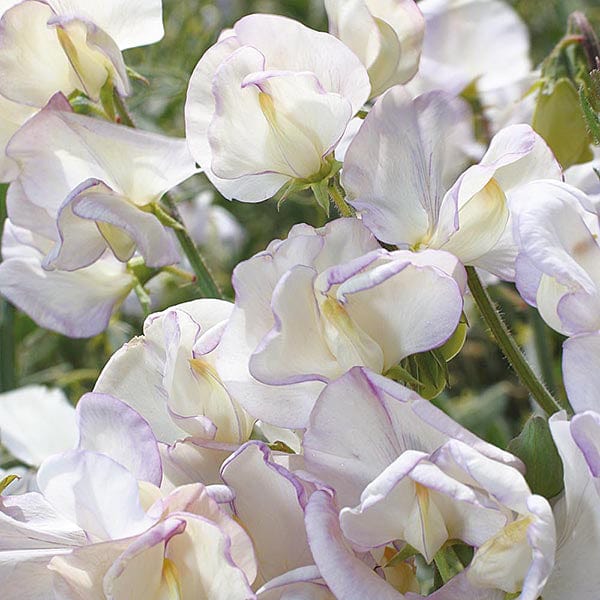
Your basket is empty
Continue shoppingTax included and shipping calculated at checkout




February can feel like winter still has a firm grip, but there is a real sense of things beginning to stir. The days are getting slightly longer, and when the sun shines, it is the perfect excuse to get outside for a little fresh air. It might not be time for major planting yet, but this month is all about preparation.
There are lots of small jobs that will make a big difference later in the year. You can start sowing seeds that need a long growing season, tidy and prune before new growth begins, and get your greenhouse or windowsill seedlings off to a good start. If you have not finished winter digging, there is still time, and now is the moment to order any seeds or plants you still need. Every step you take this month sets the garden up for a colourful spring and a productive summer.
Vegetable and herb garden checklist

Prepare the soil
Prune and tie in fruit plants
Look after rhubarb
Flower garden checklist

Start sowing early flowers
Divide early flowering perennials
Look after winter bedding plants
Move evergreen shrubs and perennials
Prune and tidy
Amaryllis aftercare
January is one of the best times to prune many shrubs and trees because they are dormant and not using much energy. This means they are less likely to suffer from sap loss or disease.

Sowing in the greenhouse
If you have a heated greenhouse, start sowing tomatoes, peppers and aubergines now for an early crop.

Cut back tender plants
Cut back overwintered tender plants by about two thirds and increase watering so they start growing again.

Summer bedding plants
Sow summer bedding plants such as begonias, lobelia and pelargoniums. These need a long growing season, so February is a good time to start.

Scented varieties
Sweet peas can be sown now. Cardboard tubes, such as toilet roll centres, make excellent pots for their long roots.

Cover bare soil with compost or well rotted manure if you have not managed to dig it in yet. The worms will help pull it down into the soil for you.
Finish any big pruning jobs before birds start nesting.
Empty the compost bin and spread the finished compost over borders, shrubs and fruit beds. Any material that is still not rotted can go back in the heap.
Make sure all tools are clean and ready for spring.




Sign-up to our Newsletter